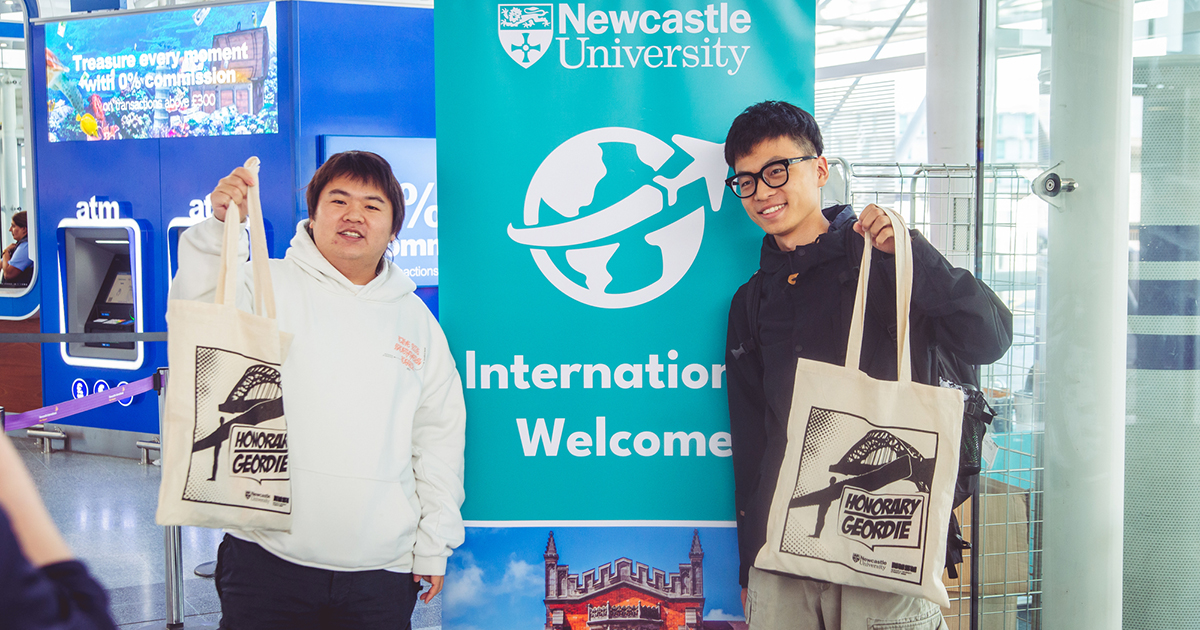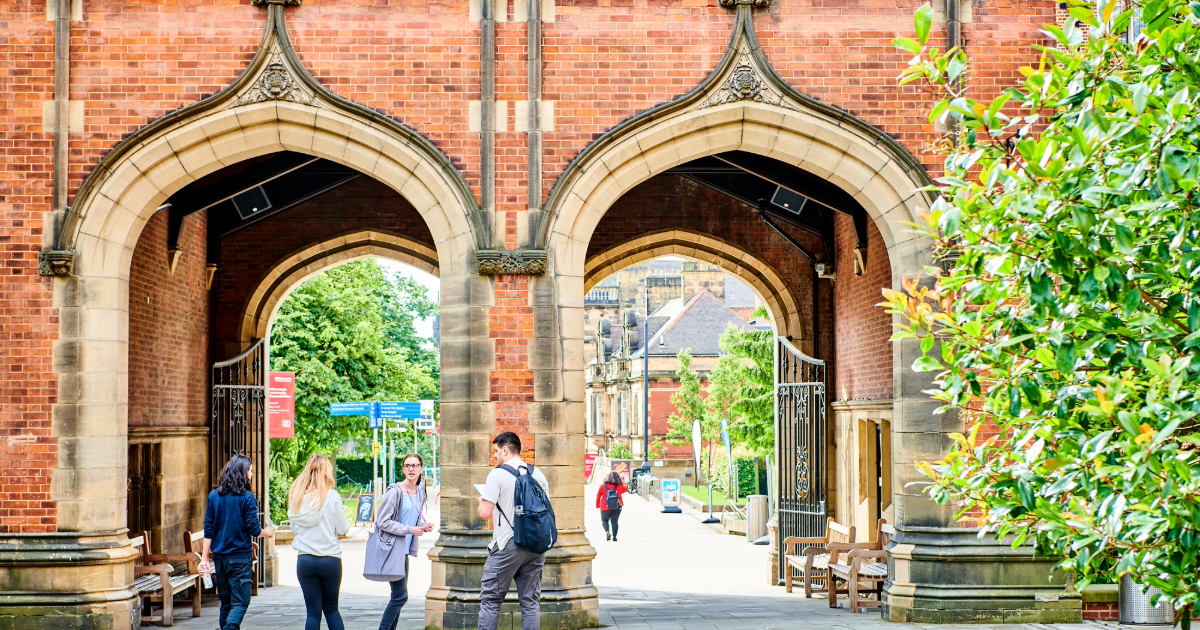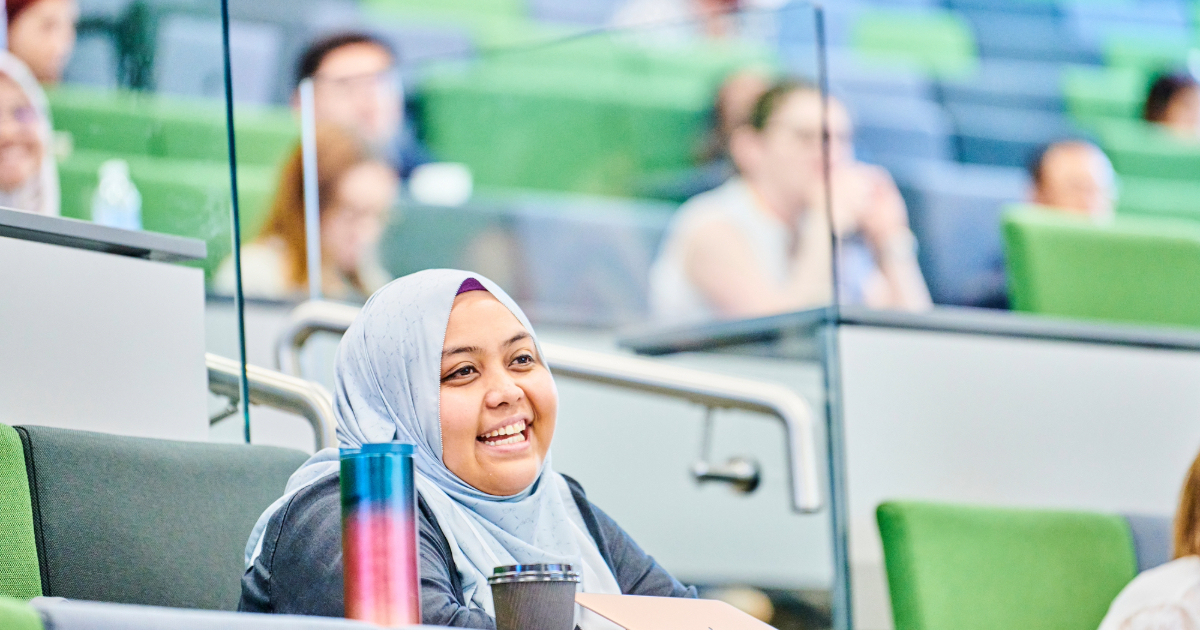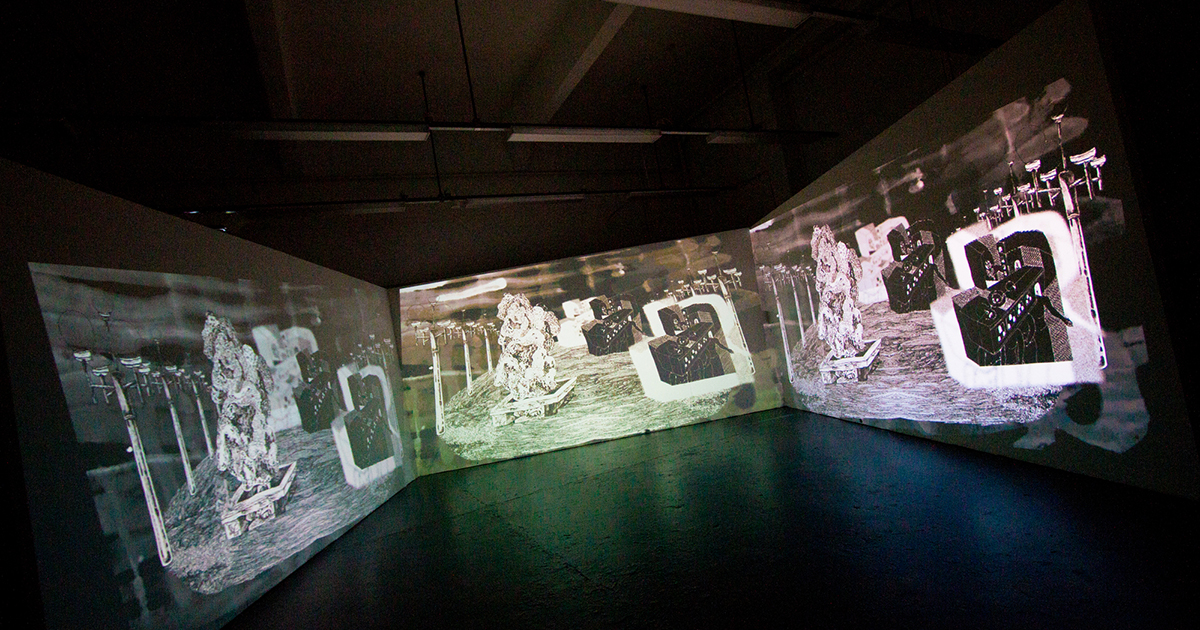Wondering how to revise for exams? It’s easy to get stuck in a loop of highlighting, copying out, reading and re-reading the same notes. But does it really work? Not all revision techniques are equally effective. In fact, some have more impact than others. It can be hard to know what revision is...









